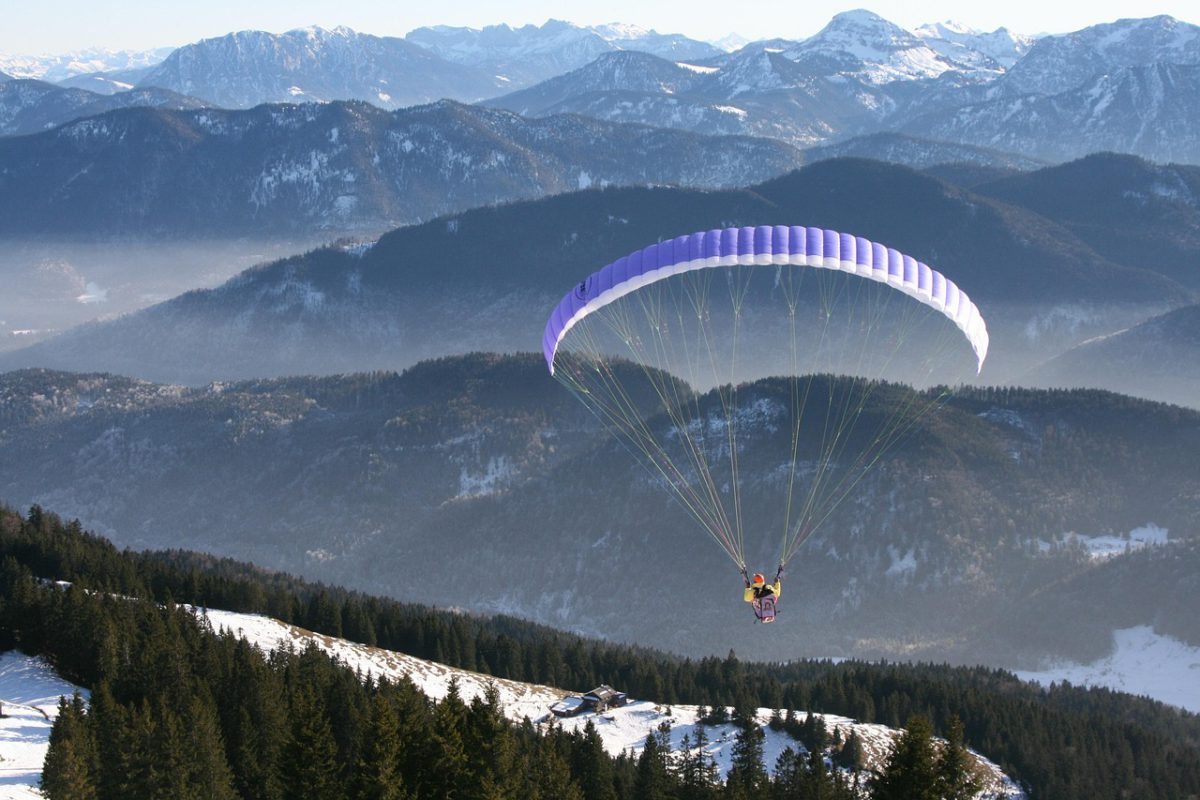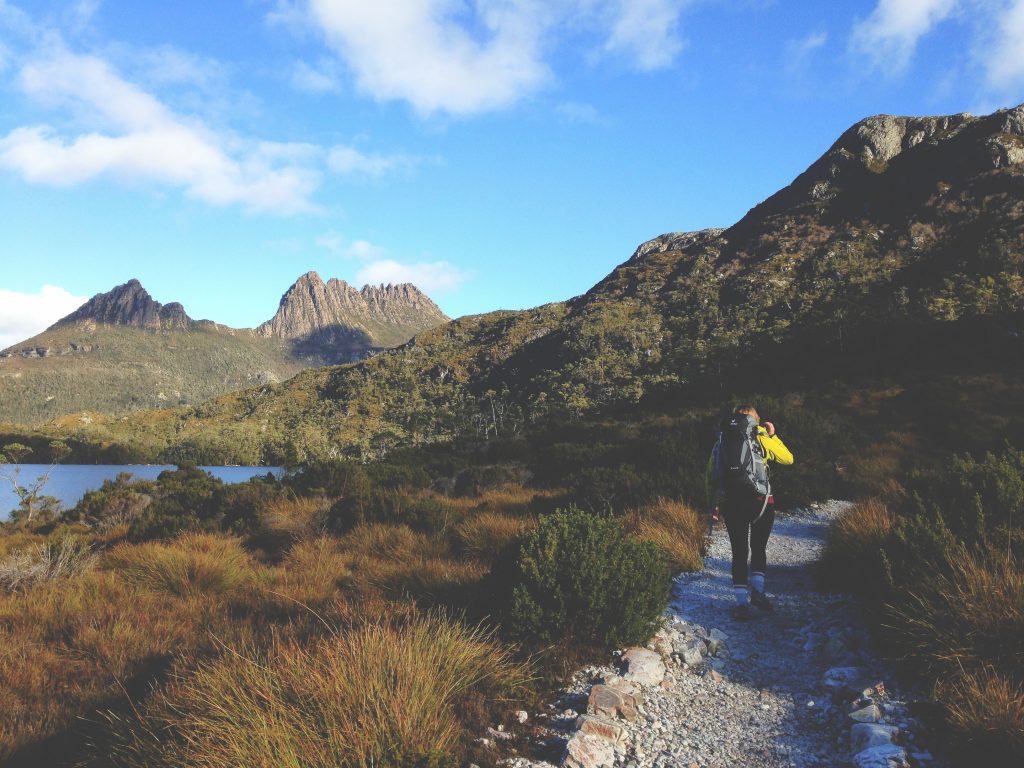Camera drones elevate everyday scenes into cinematic vistas, giving hobbyists a sky-high canvas for visual storytelling.
At the same time, d&d throws open doors to boundless imagination on the tabletop, where dice decide the fate of brave heroes.
Viewpoints shift when these two passions cross paths, inspiring new forms of collaborative art.
Linking aerial footage with narrative structure reveals how technology can amplify the timeless joy of shared adventures.
A New Aerial Canvas
Few creative tools have grown as quickly as the modern quadcopter fitted with a lightweight mirrorless lens. In a single battery cycle, it can glide over rooftops, spiral around rock faces, and hover just centimetres above crashing surf—angles a ground-bound photographer could only dream of. That sudden command of altitude challenges makers to rethink framing: horizons bend, shadows stretch, and once-hidden geometry emerges. Where suburban streets once looked flat, lane-way murals now form kaleidoscopes of colour; neglected factory roofs transform into striking grids for abstract compositions. The flying rig turns the familiar into the fantastical by giving storytellers unfettered access to the third dimension.
Storytelling Roots on the Tabletop
Role-playing campaigns teach a parallel lesson: perspective drives engagement. A small figurine perched on a cardboard rampart carries weight only when the surrounding lore feels tangible. Game masters spend nights mapping neighbouring kingdoms, sketching family trees, and curating ambient music, all to enrich the players’ mental cinema. Every tactical battle mat becomes a stage, every hand-drawn journal a documentary lens on imaginary lives. While the materials are simple—graph paper, miniatures, pencils—the emotional stakes become real because participants co-author the journey. That spirit of co-creation translates perfectly to collaborative filmmaking, where pilots, actors, and editors shape an arc together.
Converging Disciplines
Mix aerial cinematography with narrative design, and fresh possibilities appear. Consider a weekend project set in a windswept coastal reserve. The crew unfurls portable landing pads and kits out actors in weather-beaten cloaks. Overhead shots establish the barren landscape; low sweeps skim along cliffs, revealing details of ancient runes etched into sandstone. Later, close-range passes track the protagonists as they discover a forgotten beacon, foreshadowing the climax. When cut together, these scenes echo the pace of a good quest: establishment, exploration, escalation, revelation. A campaign log morphs into a shooting script; an initiative tracker becomes a shot list. By marrying meticulous planning to free-flowing improvisation, creators capture immediacy and cohesion.
Gear Without the Gimmicks
One caution: sophisticated hardware can tempt artists into complexity for its own sake. Begin with fundamentals instead. A foldable craft rated for moderate wind, a spare set of propellers, ND filters to control glare, and a bright tablet for live preview form a robust starter kit. Pair that with a portable LED panel, boom mic, and stabilised handheld cam for ground inserts. When the environment demands stealth—say, filming dawn mist across a heritage site—quiet propellers and low-profile frames minimise disruption. Reliable locks on GPS, strong return-to-home protocols, and properly calibrated compass readings focus on creativity rather than crisis management.
From Sky-High Shots to Ground-Level Emotion
Dynamic filmmaking thrives on contrast. Opening with a soaring vista underscores scale, yet too much altitude risks emotional distance. Cutting swiftly to eye-level reverse angles reminds viewers of the human element behind the adventure. This push-and-pull mirrors tabletop tension between sweeping world lore and personal backstories. Highlighting a lone adventurer’s hesitation before crossing a rickety bridge is as pivotal as revealing the dragon-scarred valley sprawled beneath. In post-production, pacing decides impact: linger a beat longer on small gestures so the audience can inhabit the character’s doubt, then accelerate through action sequences to simulate dice-roll suspense.

Community Synergy
Creative communities flourish when disciplines overlap. Photography clubs hunt for fresh subjects; role-playing groups yearn for atmospheric trailers to attract new members. Joint projects satisfy both. Imagine a local film night where campaign excerpts—stitched into teaser reels—screen before drone reels of scenic landmarks. Viewers see the settings first from above, then watch those same settings become living, breathing adventure zones. Discussions that follow spark ideas for costume workshops, camera-movement masterclasses, or world-building clinics. Shared skills circulate: pilots learn about mythic symbolism; writers gain insight into 180-degree rules and three-point lighting.
Ethics and Safety in the Field
Operating an airborne camera demands respect for privacy, wildlife, and air traffic regulations. Operators must secure permits when filming national parks, keep a distance from spectators, and observe height ceilings to avoid light aircraft. Pre-flight checklists—prop integrity, battery health, firmware updates—reduce mid-air mishaps. Coordinating with local authorities shows professionalism and builds goodwill for future projects. Storytellers can turn limitations into narrative devices: a restricted zone becomes a forbidden wasteland; a no-fly buffer zone suggests dangerous atmospheric currents. Constraints spark ingenuity rather than stifle it.
Bridging Analog and Digital Archives
After wrap-up, footage often languishes on external drives while paint-stained campaign notebooks gather dust. Organising assets prolongs their life—label folders by shooting day, scene number, and version. Embed colour-coded markers in the timeline for beats—establishing, dialogue, climax—mirroring chapter headings in a campaign journal. Meanwhile, hand-drawn maps can be translated into high-resolution scans and flight-path telemetry overlayed onto them to visualise narrative flow. When archived systematically, these materials support future remixes: a blooper montage, director’s commentary, or educational breakdown of special effects.
Keeping Adventure Sustainable
Ambition can quickly outstrip free time. To avoid burnout, divvy massive projects into sprints: storyboarding on Monday, location scouting at Saturday sunrise, and editing on quiet weeknights. Rotate crew roles so every member experiences piloting, lighting, sound, and acting; cross-training deepens appreciation for the whole pipeline. Celebrate incremental milestones—first rough cut, first painted miniature squad—just as players cheer when their characters level up. Most importantly, embrace mistakes as plot twists rather than failures. A sudden gust that nudges the quadcopter off its path might reveal a cinematic waterfall previously hidden by trees.
Conclusion: The Lens as Portal
When flight dynamics merge with interactive fiction, a simple gadget becomes a gateway into the collective imagination. The whirr of rotors echoes the rattle of polyhedral dice, heralding the start of uncharted journeys. Through disciplined craft and playful experimentation, creators map invisible bridges between sky and story, digital frames and cardboard dungeons. Each finished film or campaign log invites others to look closer, dream higher, and take that first courageous step into their creative frontier. In this blended realm, every new angle—whether measured in degrees of tilt or degrees of narrative tension—reveals another reason to keep adventuring.






